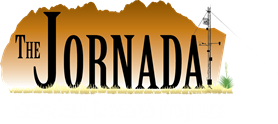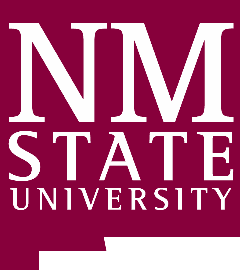| Title | Studying the impacts of dust emission and dust deposition on snow over the Upper Colorado River Basin using the WRF-Chem-CTSM coupled framework |
| Publication Type | Conference Proceedings |
| Year of Publication | 2022 |
| Authors | Cai J, Dhital S, Webb N, S. Skiles MK, Naple P, Nauman TW, Duni D, LeGrand S, Letcher TW, Chaney NW |
| Conference Name | AGU22 FALL MEETING |
| ARIS Log Number | 396948 |
| Abstract | Water resources in the Upper Colorado River Basin are strongly related to the timing and magnitude of seasonal snowmelt. However, the impacts on the regional water and energy cycles due to dust-on-snow events, which accelerate snowmelt and may reduce total water yield, have yet to be fully investigated. To address this issue, we introduce a fully coupled land-atmosphere framework which can be used to study the relationship between dust, snow, and water resources. We couple the Weather Research and Forecasting model with Chemistry (WRF-Chem) and the Community Terrestrial System Model (CTSM) through the Lightweight Infrastructure for Land Atmosphere Coupling. WRF-Chem simulates dust emission, transport, and deposition while CTSM simulates changes in the hydrologic cycle due to the dust deposition. To better represent the processes, we also 1) incorporate a satellite measured albedo-based drag partition parameterization into the Air Force Weather Agency dust emission module for WRF-Chem consistent with LeGrand et al. (2022); 2) update the Snow, Ice, and Aerosol Radiative model which simulates snow albedo in CTSM; 3) redistribute dust size bins according to onsite observations to solve the mismatch of WRF-Chem and CTSM. In this study, we perform a high-resolution month-long coupled simulation that includes strong dust-on-snow events in April 2013 over the southwest US. For simulation, a triply-nested domain with horizontal resolutions of 18, 6, and 2 km are selected to fully cover dust sources and ensure high resolution for the impacted region while maintaining computational efficiency. We run CTSM offline for 5 years to spin-up the land surface model and provide the initial conditions for a month-long coupled simulation. After that, offline CTSM is run to continue simulating the resulting hydrologic processes. The simulation is compared with the baseline simulation where dust is not included in the system. This comparison will further help clarify the regional hydrological impact of US southwest’s dust-on-snow events during April 2013. |


